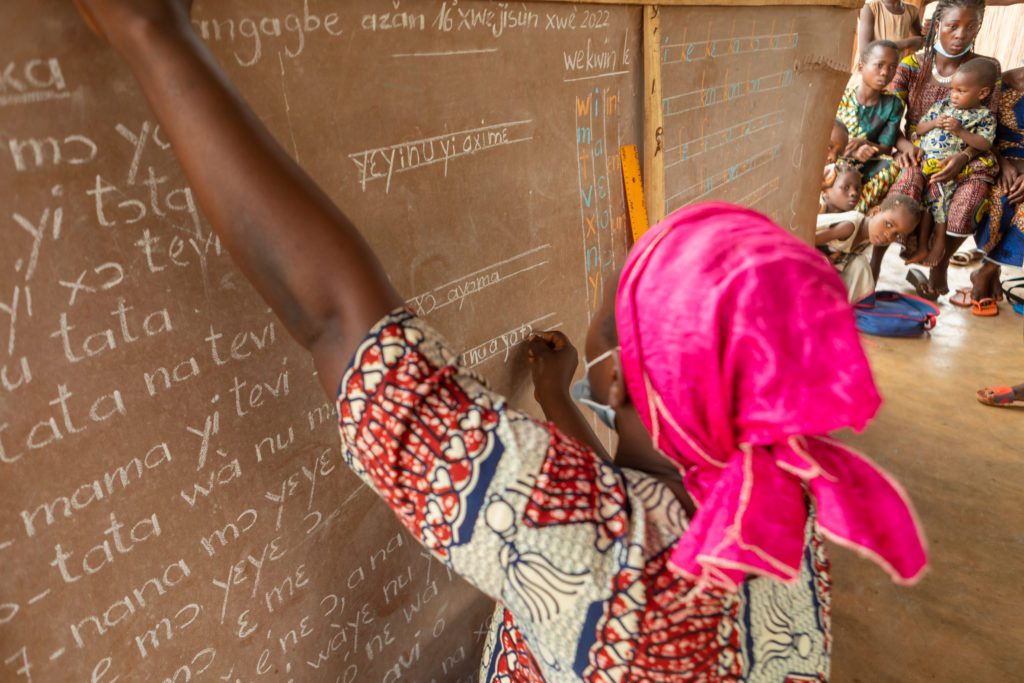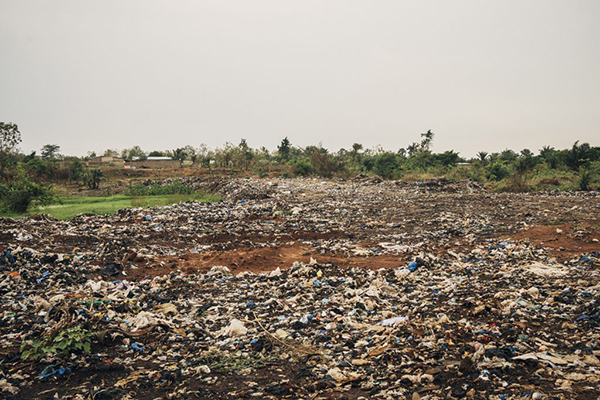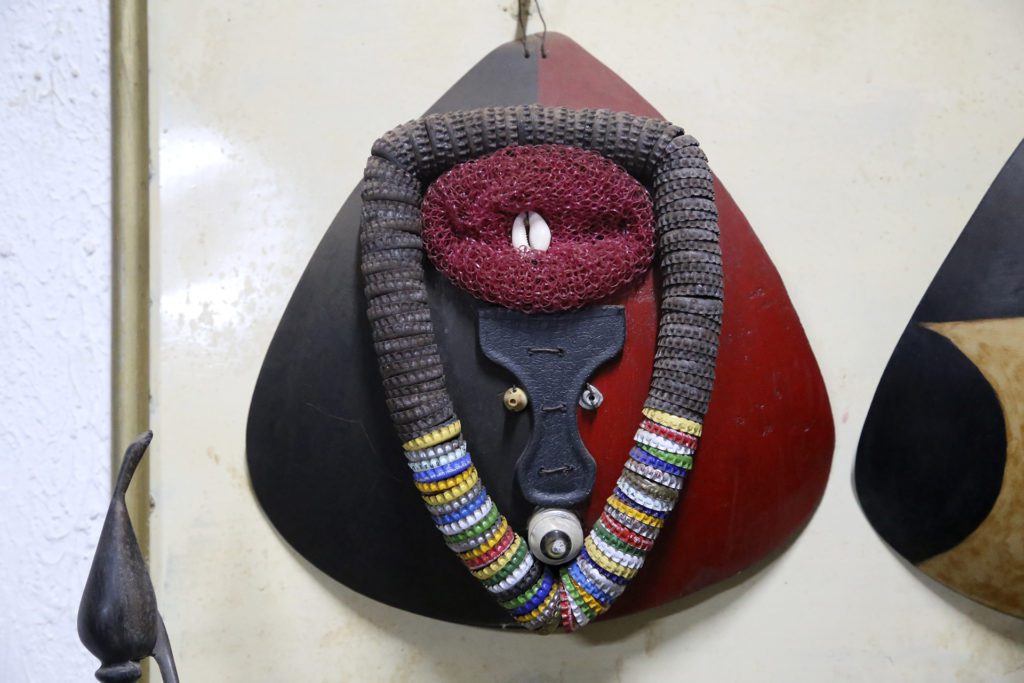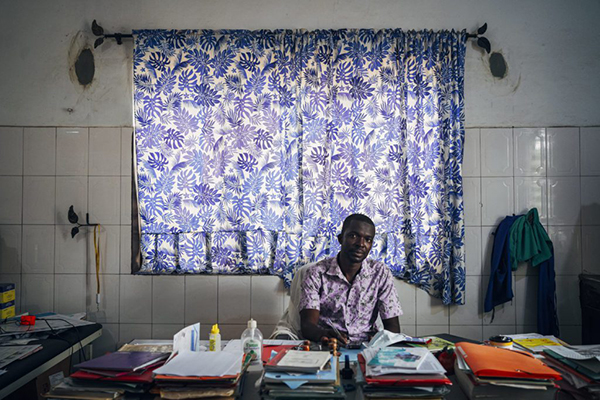Social stigma is a label that makes life difficult for people who are discriminated against because of their physical features, origin or behaviour. Fighting against stereotypes and deep-rooted beliefs with education and information helps to break down this stigma.
Social stigma is the discrimination against a person based on perceivable social characteristics that serve to distinguish them from other members of a society. Social stigma is often related to culture, race, gender and sexual orientation, illness and disease. Stigmatised people feel different and devalued by society, which dehumanises them on the basis of stereotypes.
In many societies, characteristics that are perceived as undesirable are the result of social constructs, cultural practices and traditions, or power dynamics based on gender or ethnic affiliation.
What characteristics cause social stigma?
People are often stigmatised because of:
- Physical characteristics. Obvious deformities, disability, non-conforming bodies, marks or features on the skin, etc.
- Behaviour or personality. Being perceived as weak, with subversive beliefs or behaviours that pose a threat to the status quo. For example: being LGBTQI+, having radical political behaviour, being unemployed or homeless, suffering from a mental illness, etc.
- Ethnic, national, religious or racial affiliation that deviates from the norm.
The consequences of social stigma
Stigma can affect the behaviour of stigmatised people in myriad ways. They often begin to act in ways that emphasise the quality for which they are stigmatized. It also affects their emotions and beliefs, leads to depression and exposes their social identity to low self-esteem.
Stigmatised people are ostracised, devalued, rejected and vilified. They experience discrimination, insults, attacks and are even murdered, and those who see themselves as members of a stigmatised group (whether they are or not) experience psychological stress.
When it comes to people who suffer from certain stigmatising diseases, many hide from the public eye to avoid discrimination. This delays the search for proper health care and wreaks further havoc on their physical and mental health. This is what happens with people who have neglected diseases such as leprosy. In developing countries where leprosy is a public health issue, stigma is one of the main impediments to detection and treatment. Stigma undermines social cohesion and leads to the isolation of groups that suffer from leprosy.
How do we address social stigma?
We can break down social stigma through education and information about people who society perceives as different. Promoting awareness campaigns for perpetrators of stigmas and building the self-esteem of those who are discriminated against will help to break down stereotypes.
Anesvad Foundation works to eradicate the stigma associated with Neglected Tropical Diseases (NTDs) in sub-Saharan Africa. The skin NTDs we fight can cause disability and visible scars if they are not treated in time. Consequently, many people from impoverished backgrounds who suffer from them are also rejected and marginalised. Their stigmatisation is a consequence of disability, disfigurement or misconceptions about the disease in their community.
To overcome this discrimination, we implement comprehensive projects to control and eliminate NTDs in sub-Saharan Africa, where we raise awareness to prevent the rejection of people suffering from social stigma.






